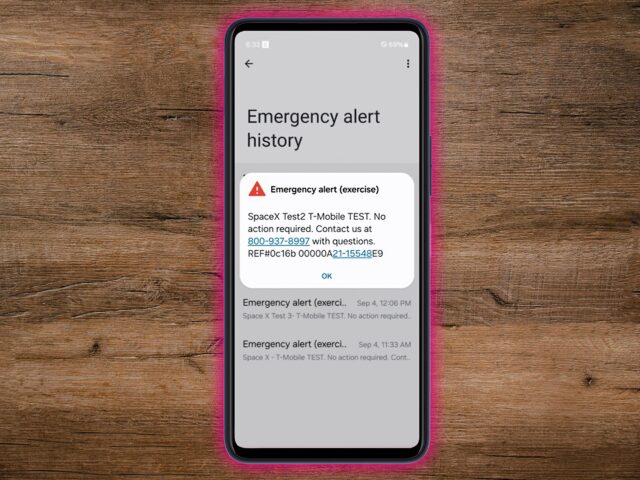T-Mobile completes successful test of wireless emergency alert via Starlink satellite

T-Mobile has announced the successful transmission and reception of a wireless emergency alert (WEA) via satellite, marking the first time this has been done in the U.S. This development aims to expand emergency alert coverage to approximately 500,000 square miles of sparsely populated, mountainous, or remote areas that previously lacked access.
"This is one of those days, as the CEO of a wireless company, that makes me pause for a moment and reflect on how technology advancements and the work we’re doing is truly impacting life and death situations," said Mike Sievert, CEO of T-Mobile.
The test occurred at 5:13 PM PT on September 5th, when T-Mobile initiated a hypothetical evacuation notice. The alert was sent to one of over 175 Starlink direct-to-smartphone satellites currently in low-earth orbit. The satellite then relayed the message to a T-Mobile smartphone in the designated area. The entire process, from sending the message to receiving it via satellite, took only seconds.
Satellite-enabled WEAs are intended to enhance emergency communication, particularly in rural or isolated regions. During the 2018 Camp Fire in Northern California, which destroyed over 150,000 acres, many people living or working outside cellular network coverage were unable to receive emergency alerts. Additionally, the fire knocked out 17 cell towers on the first day, with 66 towers being impacted over two weeks, further complicating communications.
T-Mobile and Starlink are continuing to test satellite-to-smartphone services, with additional SpaceX launches planned to increase satellite coverage. T-Mobile intends to conduct beta testing before launching the service commercially.
